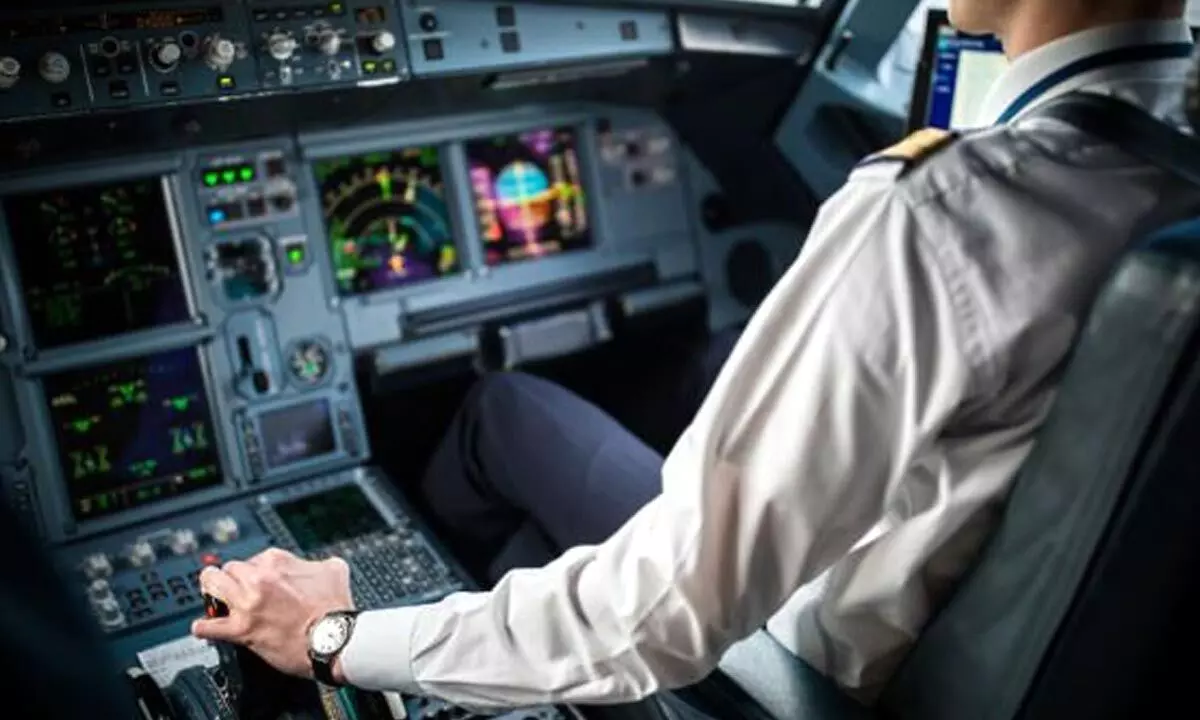Pilot fatigue remains a big threat to air safety
The aviation industry provides one of the safest modes of transportation in the world. Nevertheless, a safety critical industry must actively manage hazards with the potential to impact safety.
image for illustrative purpose

The aviation industry provides one of the safest modes of transportation in the world. Nevertheless, a safety critical industry must actively manage hazards with the potential to impact safety. Crew member fatigue is now acknowledged as a hazard that predictably degrades various types of human performance and can contribute to aviation accidents and incidents. Fatigue is inevitable in 24/7 operations because the human brain and body function optimally with unrestricted sleep at night. Therefore, as fatigue cannot be eliminated, it must be managed.
Fatigue is a significant contributing factor that reduces human ability and leads to accidents and threatens the safety of aircraft and human lives. Approximately 70 per cent of fatal accidents that occur in commercial aviation operations are due to human factors. More specifically, crew fatigue contributes to nearly 15 to 20 per cent of the accidents. These accidents and incidents are associated with pilot fatigue because of the long duty periods, disruption of circadian rhythms, and inadequate sleep that are common among both commercial and military pilots.
Fatigue management approaches do not aim to manage mental health - they aim to address the risks posed by fatigue-related performance decrements, regardless of the cause of sleep loss. As many as 66 per cent of pilots in India admitted to dozing off during flight operations, without planning or consent of the other crew members, according to a survey by Safety Matters Foundation.
While 54.2 per cent pilots have suffered from severe excessive daytime sleepiness, 41.4 per cent pilots have faced moderate daytime sleepiness, shows the survey of 542 pilots. Notably, 73 per cent of surveyed pilots have attributed fatigue as the major reason for falling asleep, whereas 43 per cent of pilots have said that they are usually fatigued for the next flight. Owing to the erratic flight schedules, 50 per cent of shift workers have admitted to not sleeping on the day before the first night shift, leading to an increased level of fatigue and performance impairment. Of the surveyed pilots, 97 per cent have stated lack of efforts by DGCA for fatigue management, whereas 69 per cent pilots have said that the airlines are not training the pilots and crew members for fatigue management.
A CAPA research recommended a new rule that would yield between $6 billion and $8 billion in benefits balanced against nearly $2 billion in costs over 10 years.
The rule would shave three hours from a pilot's work day, limiting it to 13 but could slide to nine hours at night depending on how much time there is between the last flight and first flight the next day as well as the number of segments scheduled. Instead of 100 hours every 30 days, they would be limited to 100 every 28 days. Rest time would be increased to nine hours from eight, while the time pilots must be free from duty is increased from 24 to 30, an increase of 25 per cent. The rule prohibits airlines from penalising pilots who decline an assignment on the basis of fatigue. Finally, airlines can develop their own congressionally mandated fatigue risk management plans designed to reduce fatigue risk and improve alertness. These plans must also include fatigue education and awareness and must be approved by the FAA.
According to a survey by TeamLease, the domestic aviation sector currently has a deficit of as many as 15,800 employees for ground operations and 1,350 cabin crew staff. The domestic aviation sector has a requirement of 9,488 pilots in the next five years.

